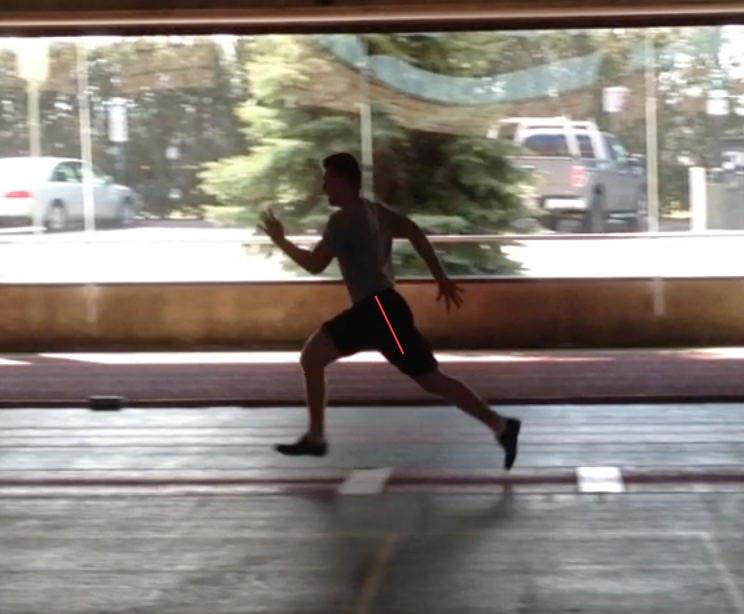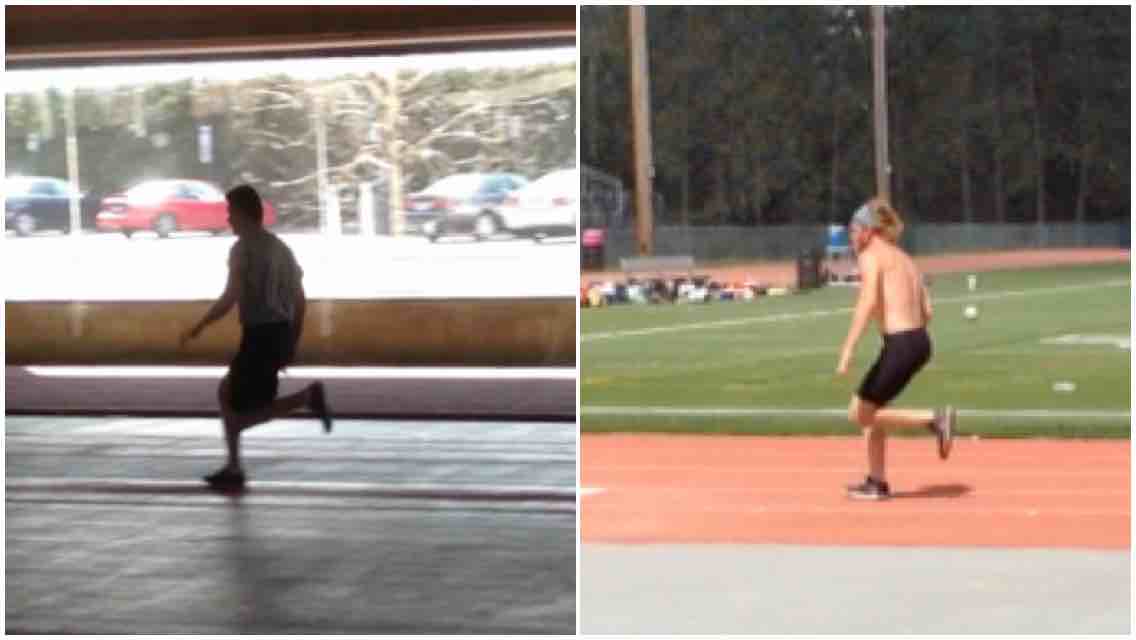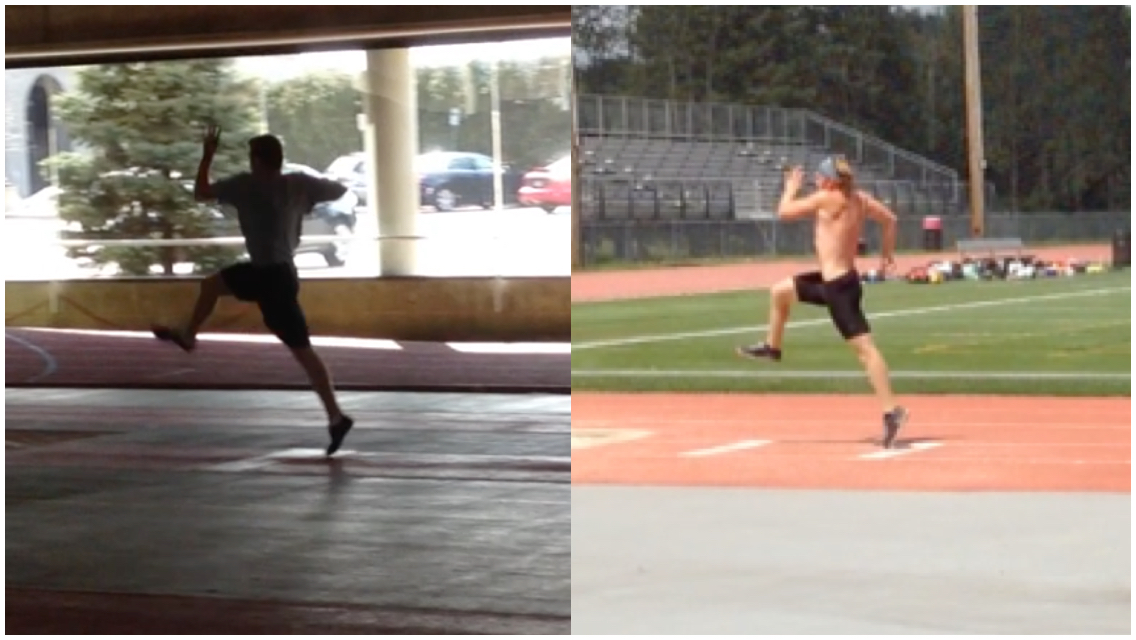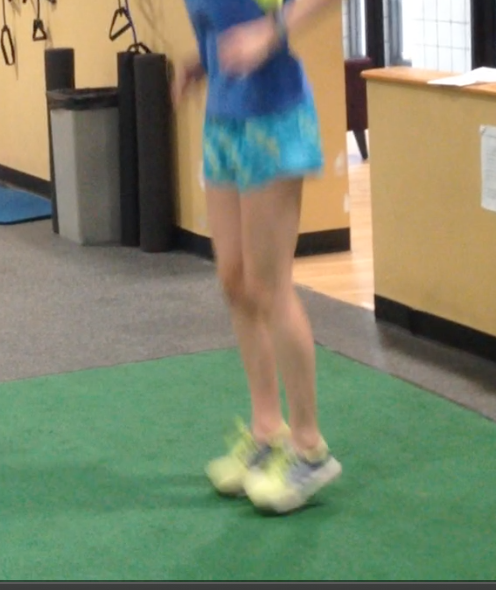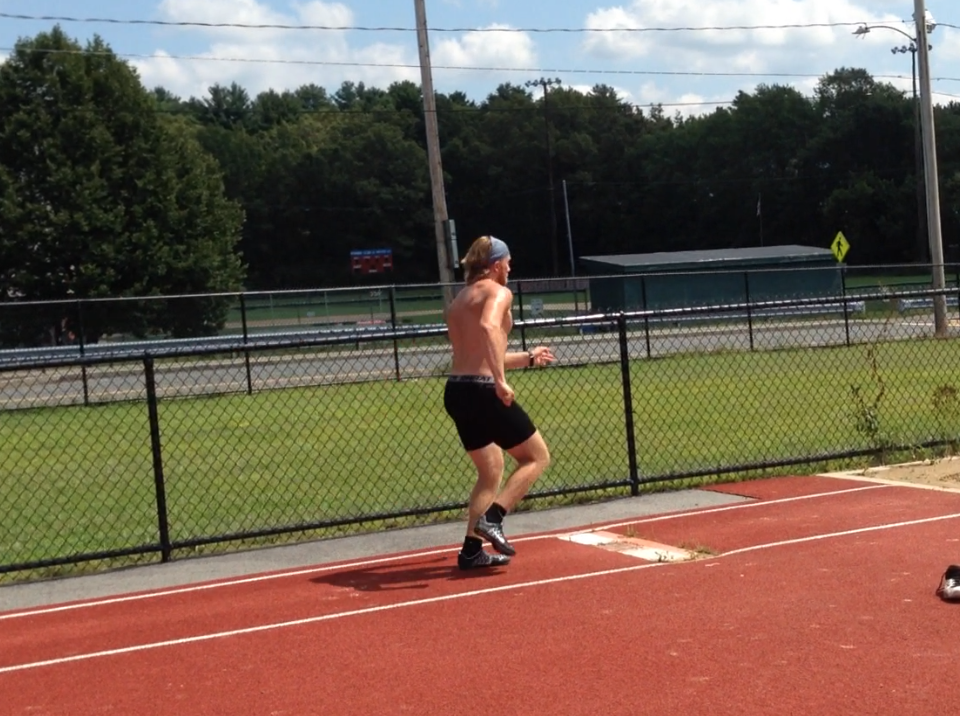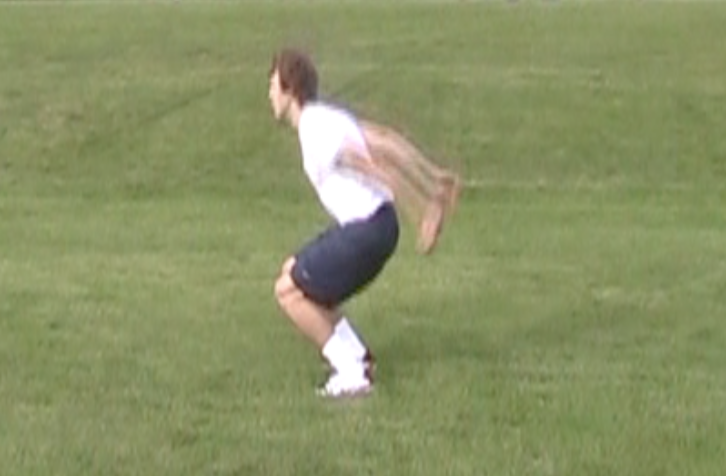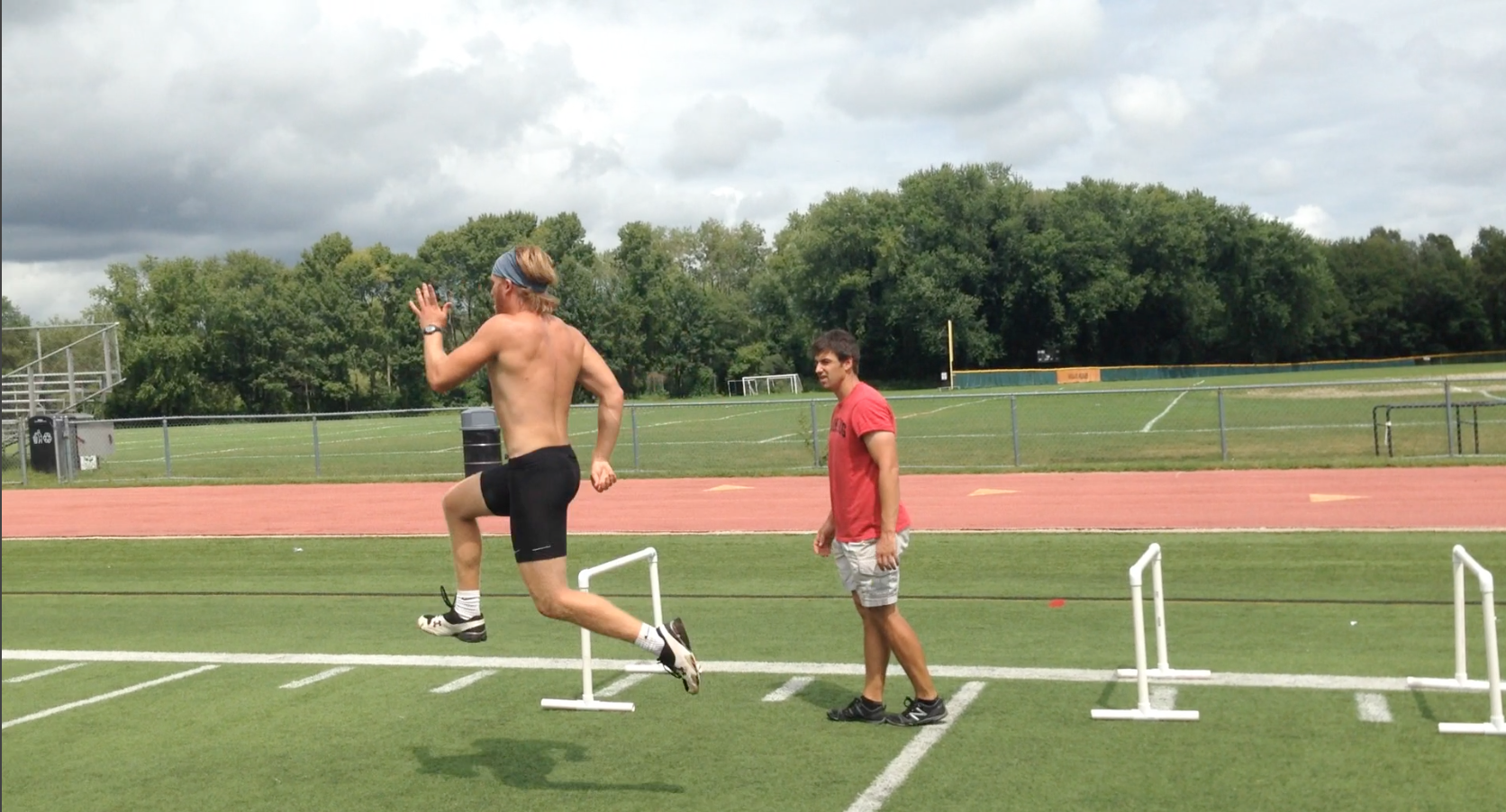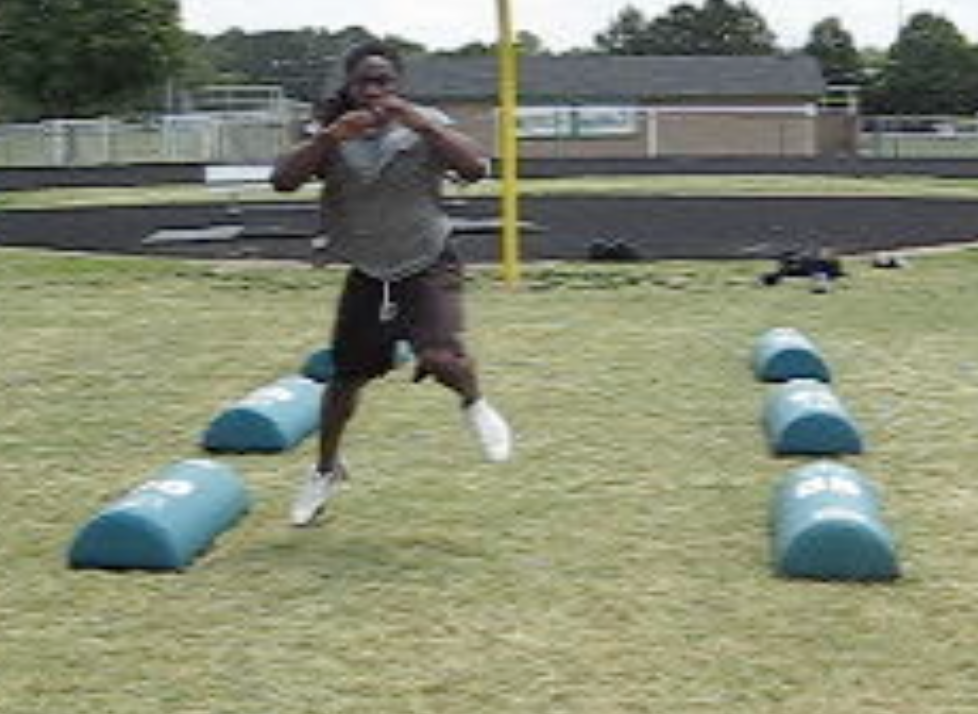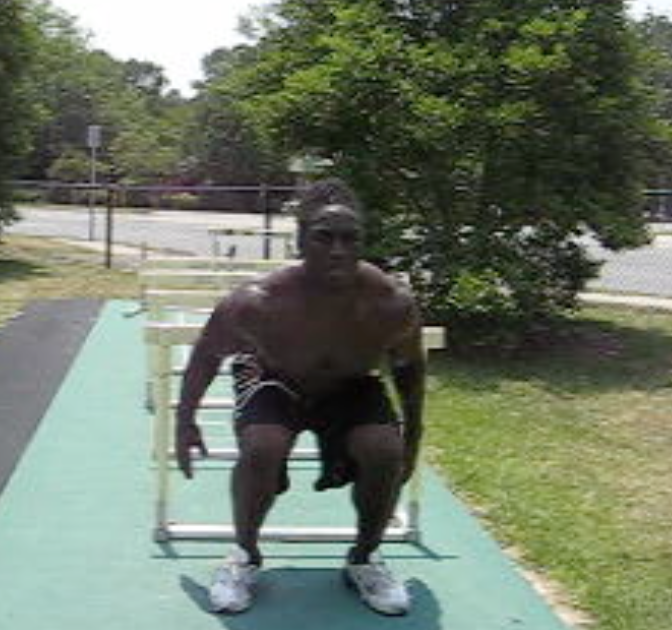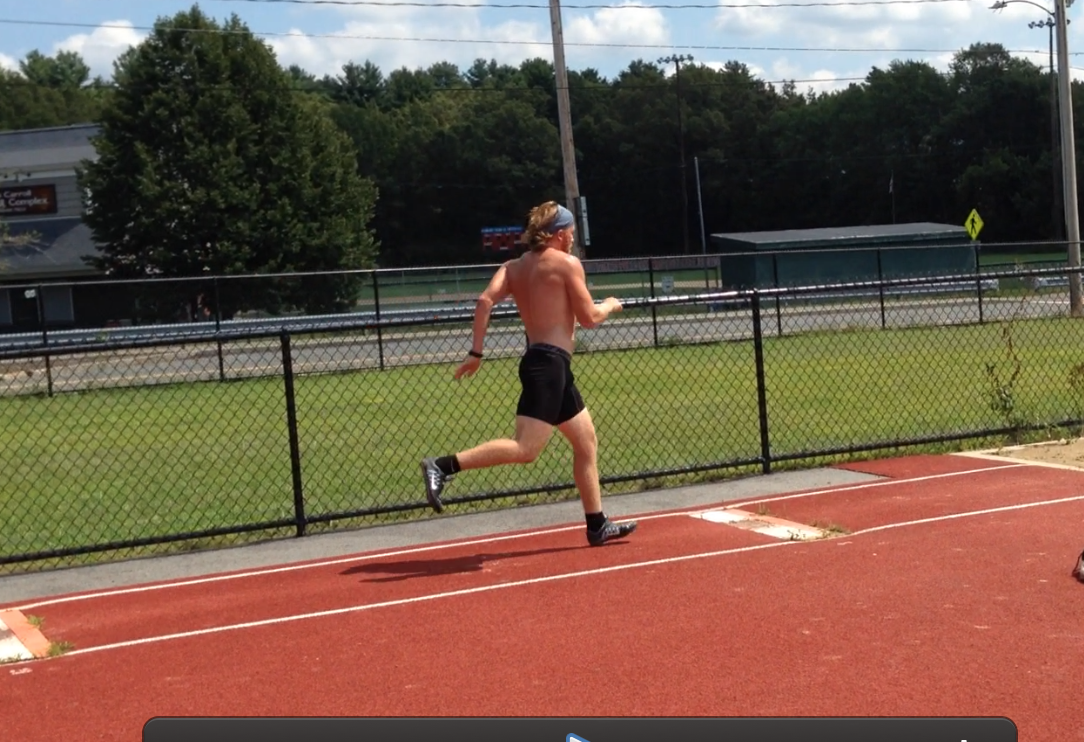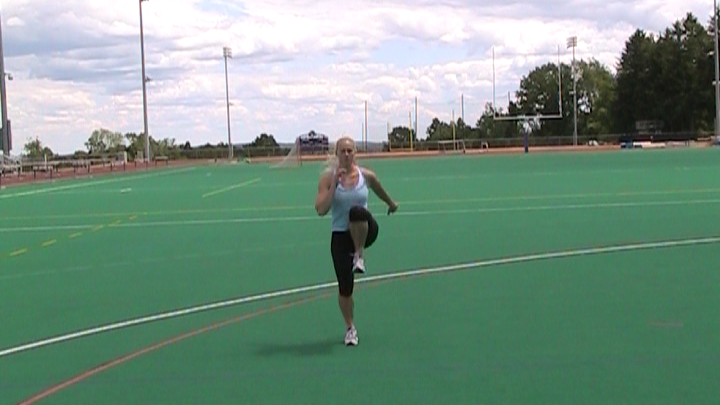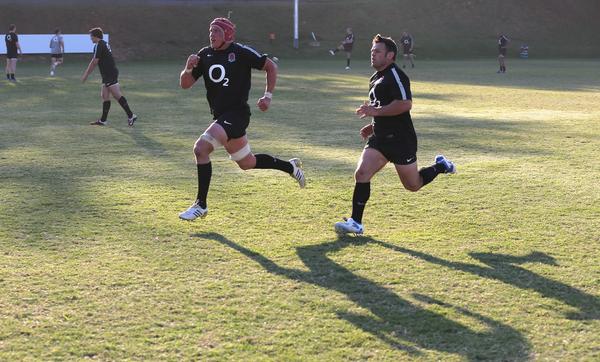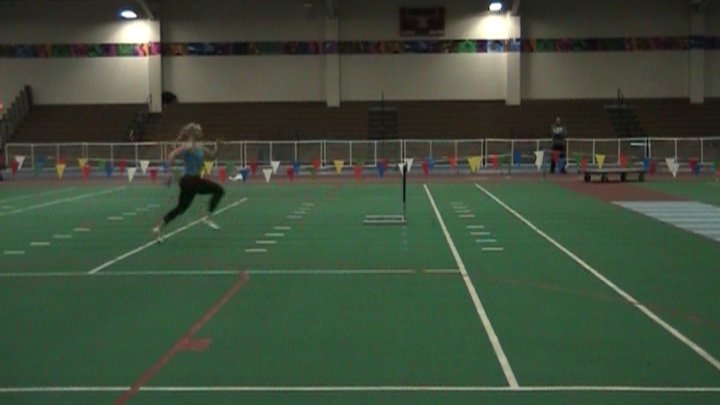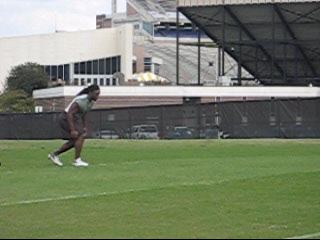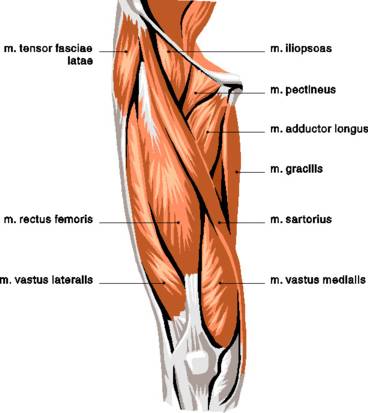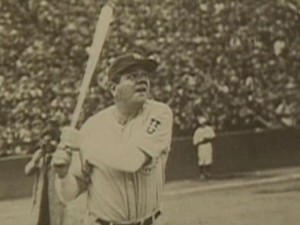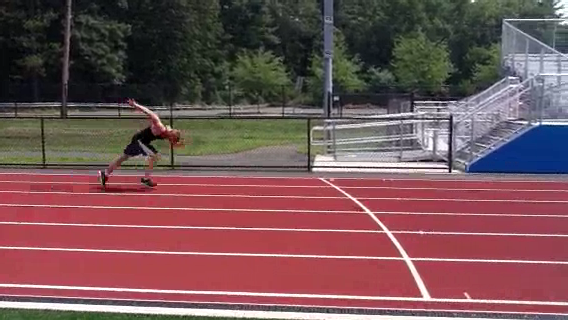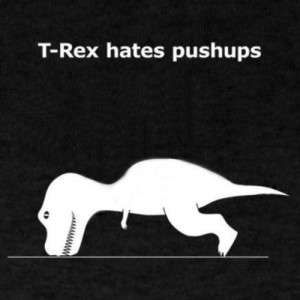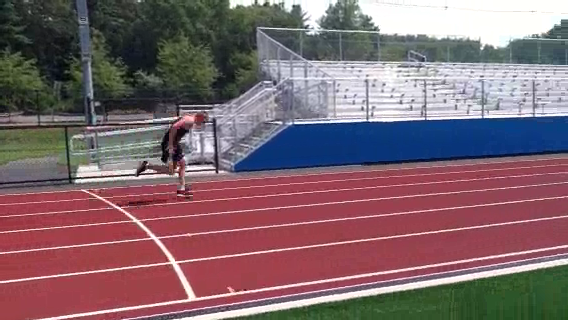Acceleration is a critical skill in field and court sports as well as Track & Field. Being able to build momentum explosively helps athletes beat competitors to the spot or outrun the competition. Being able to do this efficiently allows athletes to be in position to execute other sport skills following acceleration. For a football player this may be making a cut to avoid a defender, while for a track athlete the efficiency of the acceleration will influence their maximum speed and their ability to maintain it. Additionally, accelerating with high biomechanical efficacy makes gathering speed more repeatable while decreasing injury factors. A fabulous option to enhance acceleration performance and especially efficiency that I’ve been using more frequently over the past few years is the Tape Drill.
The Tape Drill
The above pictures show an approach to hurdle one using the tape drill. Similar to wickets, the tape provides an external environmental cue for the desired progression of stride-lengths (generally increasing) throughout the acceleration. The athlete’s goal is to project themselves so the ball of the foot lands on the tape during each step. I’m a big believer of individual signatures in stride patterns, but it can also be valuable to regulate or push step lengths in certain directions. In the case of the hurdle races the advantage of a tape drill is fairly obvious. The distance to the hurdles is fixed so the acceleration pattern demanded is very regular and can be modeled, rehearsed, and evaluated via the tape drill.
Outside of pre-determined acceleration patterns, the tape drill can be used to encourage aggressive projection with each stride distance increasing incrementally. If you’ve timed this kind of work, you’ll find it’s generally slower than cutting people loose sprinting without the external stimuli (same goes for it’s upright cousin- wickets). Knowing this, many would question why a coach would choose to use an acceleration variation that somewhat retards the velocities achieved in speed work. As I see it, there are a couple of possibilities here.
One is developmental progression or simply trying to push the acceleration pattern in a certain direction. This not only has skill components, but also physical qualities, as larger projections require bigger outputs and different stiffness demands. For example, in early acceleration with bigger pushes the overall forces expressed are higher which requires the ankle to handle increased loads while maintaining stiffness in an up on the ball of the foot position. This challenge can lead to favorable adaptations to better express acceleration speed in the future.
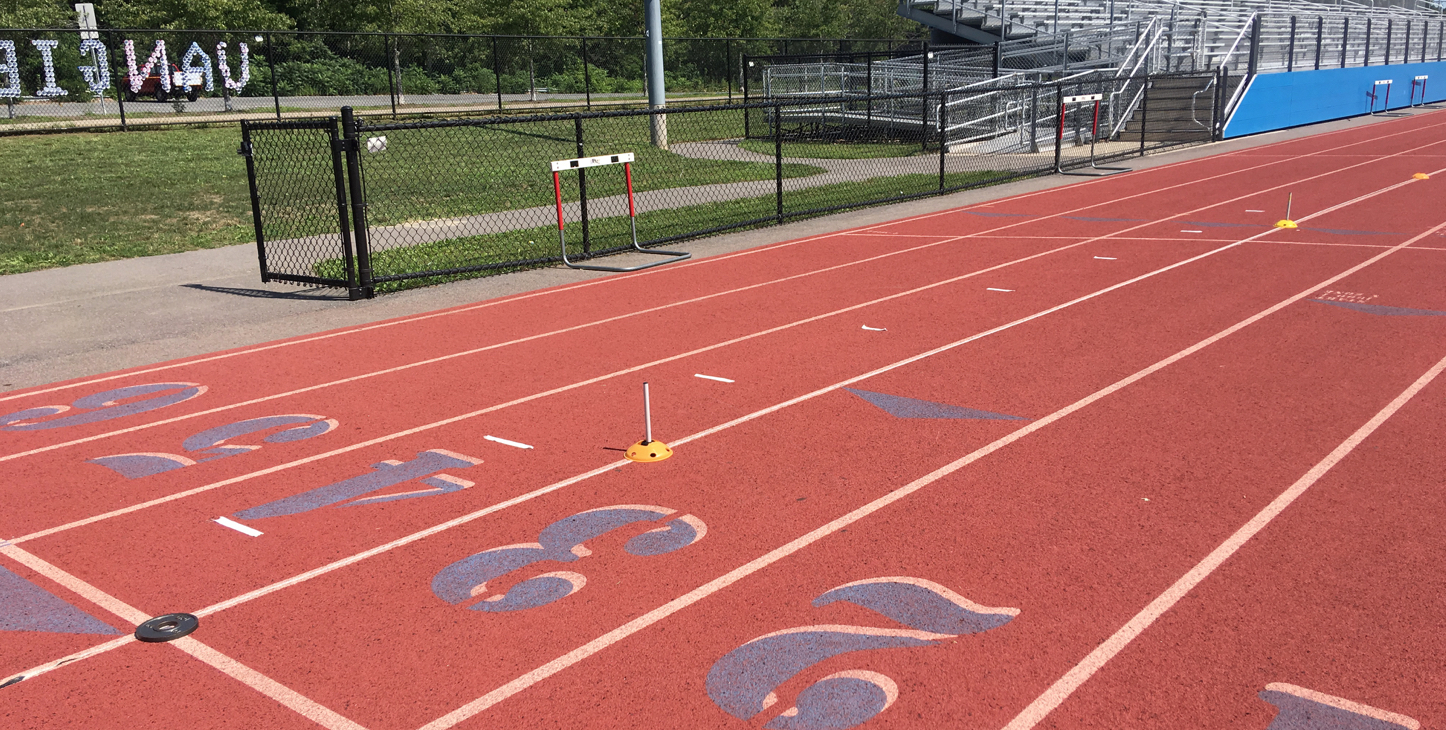
A second possibility for positive implementation of the tape drill is temporal or rhythm manipulation. Tape drills are an option for getting athletes out of faulty paradigms like rushing and being choppy. Often it’s easier to move to a different environment to coax change than simply trying to cue in the same domain the athlete is already struggling in.
A third possibility for the use of the tape drill is to provide some variety and potential for progression throughout the training calendar. It can be used as an earlier season acceleration option with more of a technical focus. Acceleration sessions can progress from there to more intense environments that eventually lead to something like block starts with multiple athletes beside each other to increase arousal and outputs. Conversely, later in the year the tape drill could be used to reign in velocities a bit by keeping an acceleration session more technical or to simply provide some variation from repetitive training.
Generally, I like to do a lot of my sprinting au natural, but the tape drill can be a useful option to enhance acceleration and technique in a speed program.

